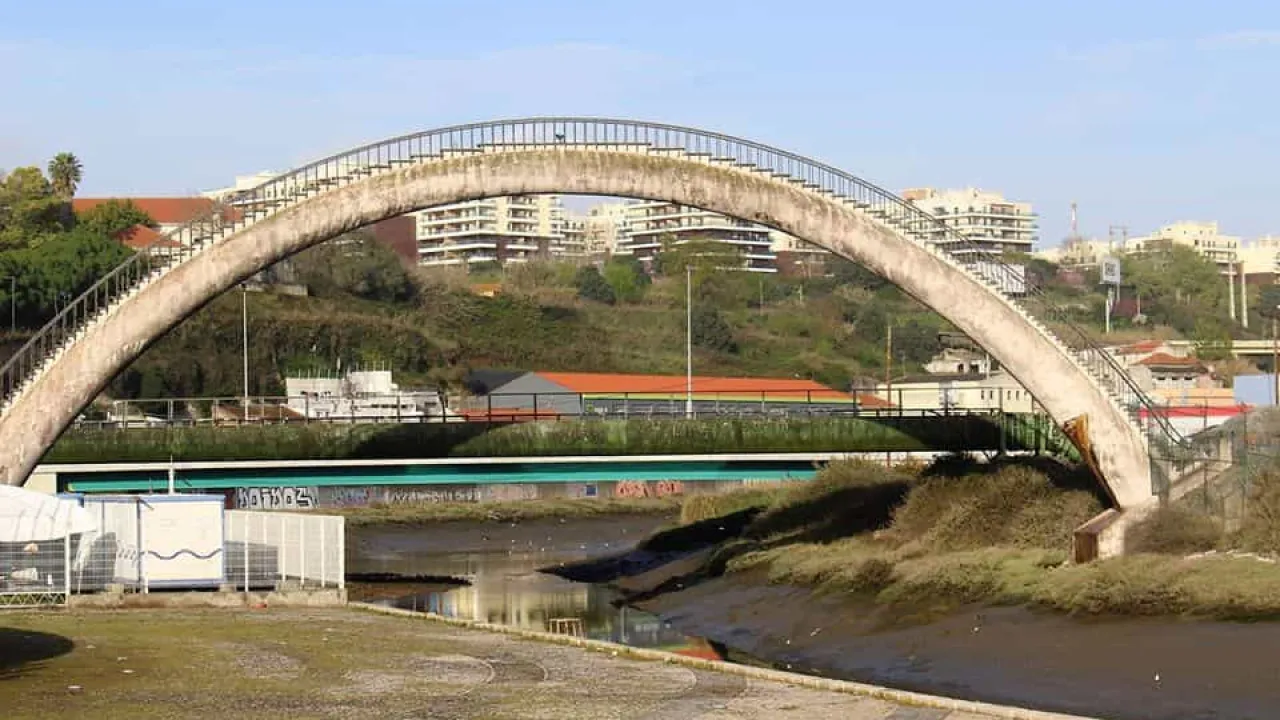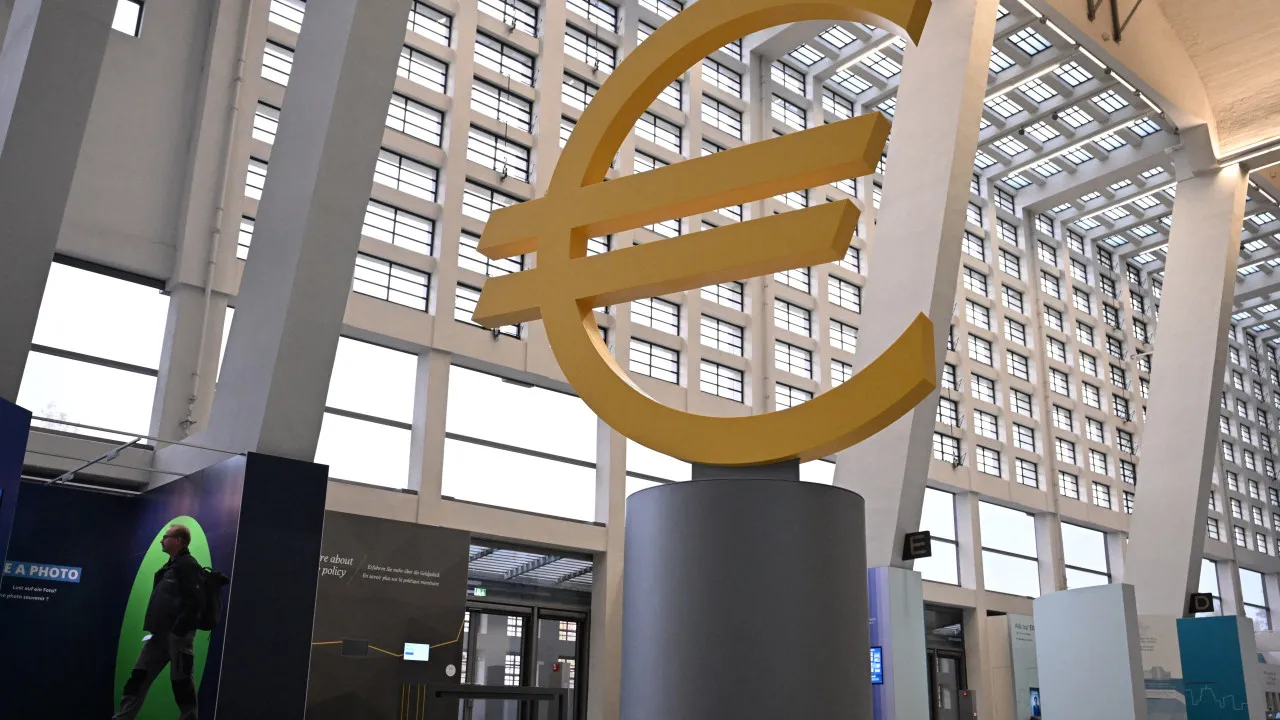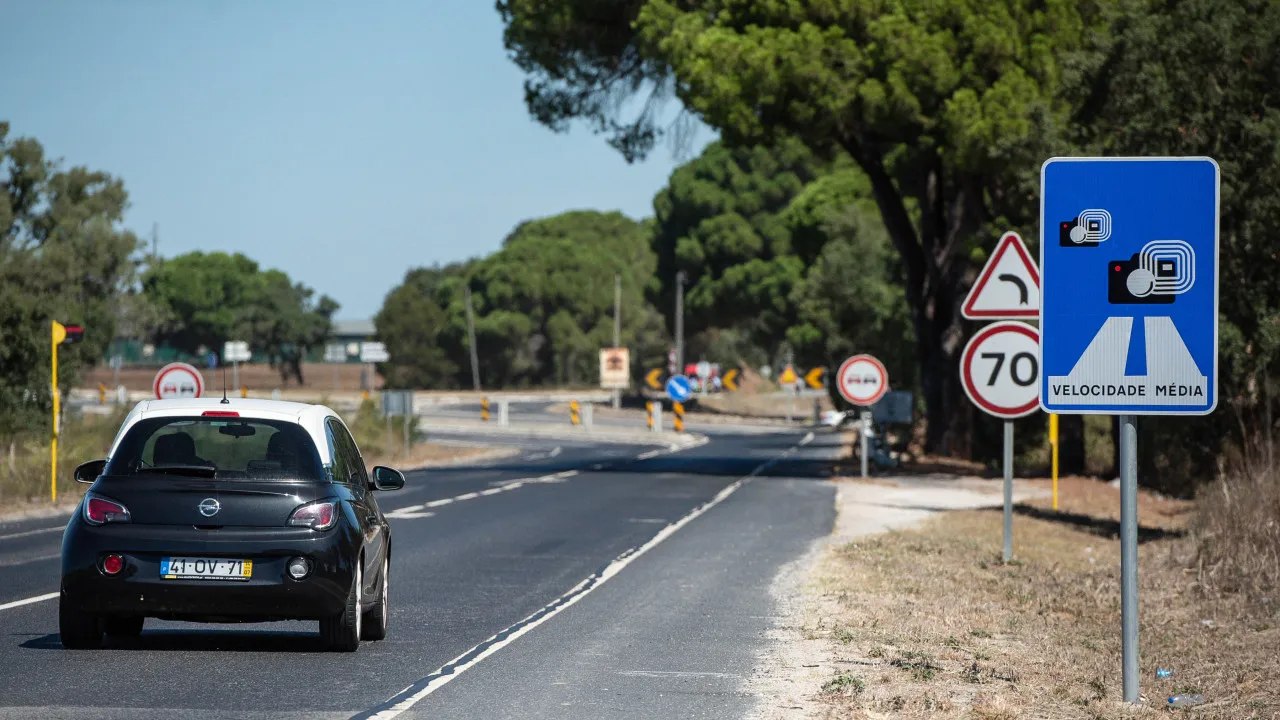A private collection, with 500 pairs of sneakers of Portuguese brands, gathered over the past 20 years “of research in the field”, is the basis of the exhibition that opens to the public on Saturday at Casa do Design, in Matosinhos.
“Sapatilhas: Marcas Portuguesas, do Estado Novo ao Virar do Milénio”, curated by the designer and professor Pedro Carvalho de Almeida, intends, according to the curator, “to share with the general public this universe of 500 pairs of sneakers, representing about one hundred brands, and provide a historical retrospective on what was the industrial production in this type of footwear in Portugal.
Speaking to Lusa, the curator said that the second objective of the exhibition “is to provide a space for critical reflection on the importance that this industrial legacy represents, and how can this memory, and these fragments of a part of the history of Portuguese industry in the twentieth century, be [better] preserved, shared and, above all, be enhanced in light of what are the major current concerns.
“If on the one hand there is an intention to make a part of history known, on the other hand the goal is to understand what we can do with it,” said the curator.
At the base of the exhibition is Pedro Carvalho de Almeida’s collection of Portuguese sneakers, which has “over 500 pairs, of 77 brands”, and “results from a 20-year research in the field” about an industry mostly centered in the North of the country, in Porto, Braga, Guimarães, Felgueiras, but with expression also in the region of Santarém and, even further north, of Montalegre.
The 500 pairs that make up the collection were “identified in stores, warehouses, flea markets,” and “some donated.”
“Fundamentally this collection is the result of a first part of research dedicated to [sneaker brand] Sanjo and then another research project dedicated to Cortebel. And in between, I received samples from other brands,” he said.
In “Sapatilhas: Marcas Portuguesas, do Estado Novo ao Virar do Milénio” around 100 brands are represented, 23 more than in Pedro Carvalho de Almeida’s collection. The brands of which Pedro Carvalho de Almeida has no copies were identified “through packaging, advertising and other documents, which demonstrates factually that they existed.
In the universe of 100 brands “it was possible to identify at least three that are still active and are in the hands of the original owners. Of these three, “only one, Desportex, still operates in its original facilities”, in Fiães, in the municipality of Santa Maria da Feira.
The oldest pair that can be seen at the Design House dates from the 1950s, “although the oldest brand present in the exhibition dates back to 1932.”
The exhibit was organized by nuclei, “the first being a historical contextualization of what was the evolution of sneakers and the socialization of Sports in Portugal.
There are cores dedicated to two brands: one presents the case of the Empresa Industrial de Chapelaria, “active until 1996 and responsible for the creation and development of Sanjo sneakers”, and the other to Cortebel, a brand that “served as the basis for a research project developed in an industrial context”.
“The archaeology of the brand was developed and its main typologies were identified, but [the project] also served as an experimental laboratory for the development of a series of prototypes that celebrate the history and industrial legacy of this brand, using original machines and molds of iconic Cortebel models, developed with the workers and also involving communities of weavers from Almalaguês [a parish in the municipality of Coimbra].”
For Pedro Carvalho de Almeida, this case “demonstrates what can be done regarding the exploration of these productive resources in a more contemporary logic.
In the exhibition there is also a section that deals with “the main production technologies used in Portugal, namely vulcanization, thermoplastic injection (injected soles), and the so-called flat assembly”, and another that has been baptized “Repository”.
In the “Repository” an audiovisual installation is presented, which is “an invitation to visitors to contribute with stories, memories, objects, and that can contribute to this construction of a legacy in permanent development.
Pedro Carvalho de Almeida’s collection, “kept in its own facilities”, is being “shown for the first time” in “Sapatilhas: Marcas Portuguesas, do Estado Novo ao Virar do Milénio”, but, according to the designer, a protocol is being developed with the Footwear Museum, in São João da Madeira, “where the collection will hopefully be visited in the future”.
“Until now it has been well kept, but with the passage of time there are aspects that make it deserve to be kept in protective conditions more in line with its importance and significance,” he argued.
As time goes by, although Pedro Carvalho de Almeida tries to have the collection stored in the best conditions, some specimens “start to have degradation problems due to temperature and humidity fluctuations.
“Sapatilhas: Marcas Portuguesas, do Estado Novo ao Virar do Milénio” will be on display at the Casa do Design until August 27.





